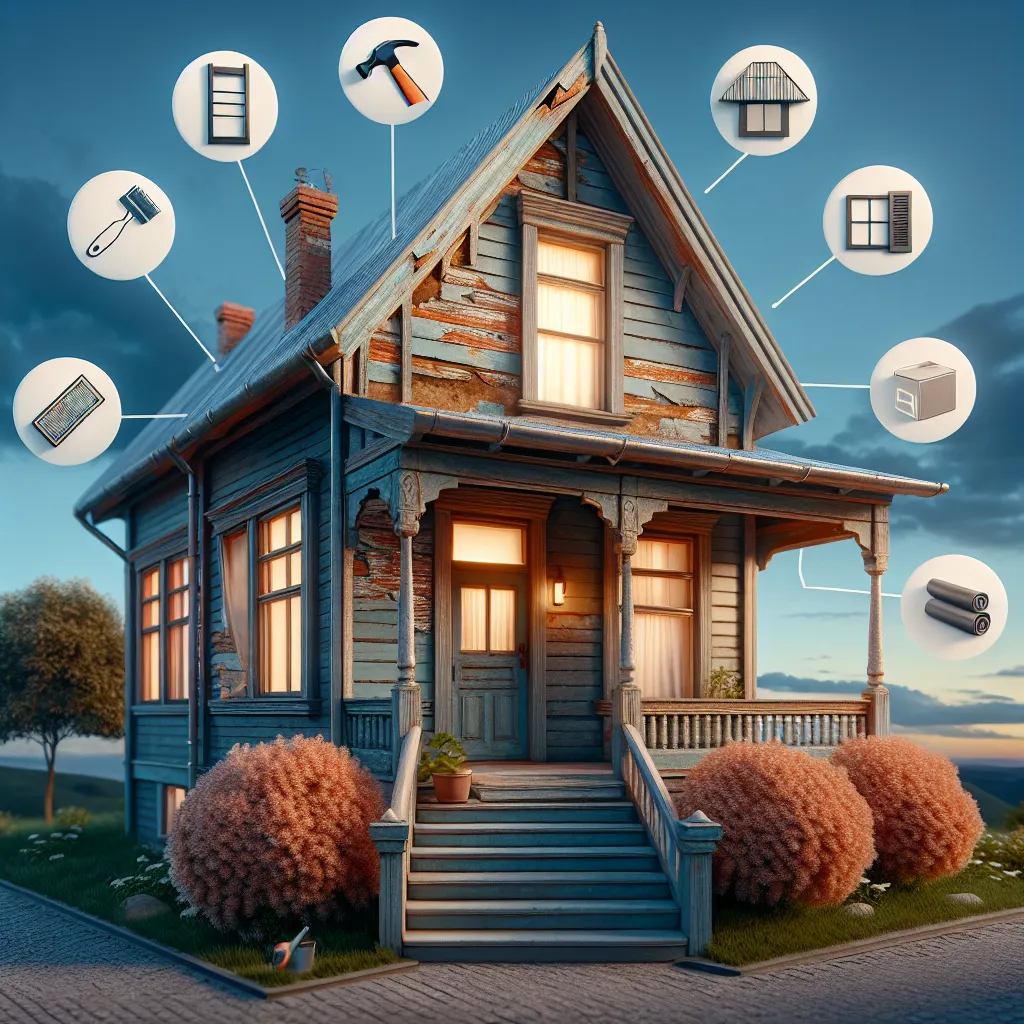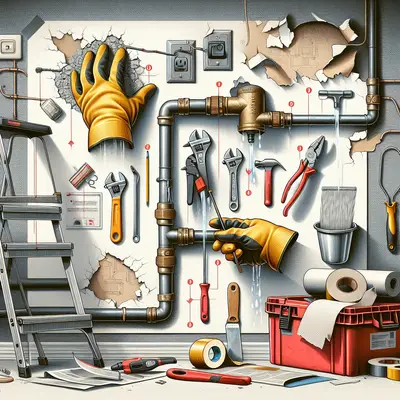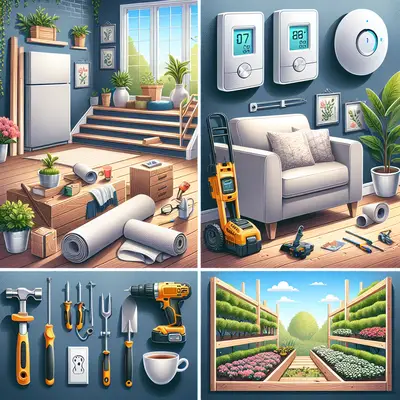Step 1: Detecting and Repairing Drafty Windows
Older homes often come with beautiful, original windows. But as they age, they can become drafty, leading to higher energy bills. Start by checking for drafts around your windows. If you notice a breeze, you can use caulk or weatherstripping to seal the gaps. For more serious drafts, consider adding storm windows or replacing the windows entirely.
Step 2: Addressing Old Plumbing
Older homes often come with plumbing systems that have seen better days. If you notice low water pressure, discolored water, or leaks, you may have to address your plumbing. For minor leaks, you can use epoxy putty or tape to seal the pipe. For more serious issues, replacing the pipes may be necessary. Remember, always turn off the water before starting any plumbing work.
Step 3: Inspecting and Updating Electrical Systems
Older electrical systems can be a safety hazard if not properly maintained. If you notice flickering lights, warm outlets, or frequent circuit breaker trips, it's time to inspect your electrical system. You can replace outlets and switches yourself, but for more extensive work like updating the electrical panel or rewiring, consider hiring a professional.
Step 4: Repairing Cracked Plaster Walls
Cracked plaster walls are a common issue in older homes. To repair, start by widening the crack with a utility knife, then cover with a layer of joint compound. Once dry, sand smooth and repaint. For larger cracks or damage, you might need to replace the plaster entirely.
Step 5: Restoring Original Hardwood Floors
Beautiful hardwood floors are often a highlight of older homes. However, over time, they can become scratched and dull. Start by cleaning the floor thoroughly, then use a floor buffer to remove the old finish. Apply a new coat of finish, and your floors will look as good as new!
Conclusion
Owning an older home can be a rewarding experience, but it does come with its fair share of maintenance. This guide gives you a starting point for addressing common problems found in older homes. Remember, always take the time to properly assess each issue and don't be afraid to call in a professional if needed. Your charming, older home deserves the best care!



